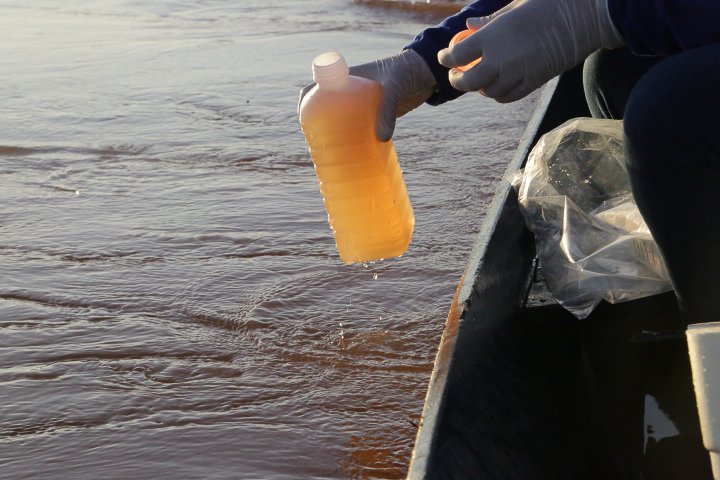31/03/2016

Samarco is committed to clearing up all doubts with the utmost transparency about the Company’s actions and all the work that is being developed regarding the monitoring of the turbidity plume in the Doce River and the sea.
A concerted effort is being made to determine the extent of the effects of the passage of the tailings in the region along the river, from Mariana in Minas Gerais to Regencia on the coast, in Espírito Santo. Since the 7th of November of last year, constant monitoring has been carried out and the corresponding reports are issued every week to the competent environmental authorities and agencies.
Based on the data from the 84 monitoring points, according to expert reports from the National Water Agency – Agência Nacional de Águas (ANA) and the Brazilian Geological Service – Serviço Geológico do Brasil (CPRM) as well as the Brazilian National Environmental Council – Conselho Nacional do Meio Ambiente (Conama), the Doce River today presents conditions which are very similar to those that existed prior to the rupture of the Fundão dam. Most of the reports generated by the 34 monitoring points on the coast, in the region of the mouth of the Doce River, also show that water quality is within the limits established by Conama.
Samarco has also been actively concerned with the aquatic life that came into contact with the turbidity plume. The species collected in the Doce River do not present elements which could be linked to the passage of the tailings.
Results obtained from analyses performed at university labs show that there was no change in the quality of the fish and crustaceans. The study was based on fish, shrimp and oysters collected from six fishing stations at the mouth of the Doce River and nearby coastal zone, between December 2015 and February 2016.
All of the laboratories which carried out studies are accredited by the Instituto Nacional de Metrologia, Qualidade e Tecnologia (Inmetro). It is not within Samarco’s capacity to draw conclusions about the advisability of consumption of fish and crustaceans, nor to give opinions about authorization to swim or fish in the river or the sea. But lab reports continue to be issued in order to keep the authorities informed about the current conditions of the waters in question.